YEMREHANNE Kristos church is wedged into an overhanging cleft in a rock face, reached by a series of stairs through a cool juniper forest. The church appears like an unlikely apparition, a small building of uncluttered lines, with alternate layers of light stone and dark recessed timber, into which are sunk windows of latticework with wooden doorframes in astonishingly good condition, considering that they are almost a thousand years old. Perhaps it is because of the butter plastered by pilgrims as a form of thanksgiving. The dried bones of some 10,000 of them lie in a pile in the gloom at the back of the cave, near the large tomb of the 11th century Zagwe king who built the church. Over the centuries, pilgrims came to worship and to die in this remote and beautiful place.
A priest presides over the church and the faithful who come to worship in its dim interior with elaborate carvings on the walls. The significance of the church, however, is that it precedes and perhaps foresaw by almost a century the astonishing cluster of churches built some 42km away in the mountain village of Lalibela.
It is said of King Lalibela that a swarm of bees surrounded him at the time of birth. His name means “honey-eater”. He would survive assassination attempts in his youth to become a king of the Zagwe dynasty. His legacy is the remarkable churches, included in Unesco’s original list of only a dozen World Heritage sites in 1978, and now one of Ethiopia’s most visited sites by both pilgrims and tourists.
It is thought that King Lalibela attempted to create a modern Jerusalem in the Ethiopian wilderness when invaders prevented pilgrimages to the holy land. His vision was breathtaking, a bold leap of imagination beyond the cave church of his predecessor. The sheer audacity of the undertaking and the scale of its execution, some 800 years ago, continues to astound scholars and visitors alike. Instead of being enclosed in a cave, the churches of Lalibela are monolithic rock-cut buildings hewn out of the rock, and sometimes sunken into the very bedrock itself. These churches were not built; they were excavated.
At the time, the great Axumite Empire in the north had faded, and Ethiopia was under attack by foreign militants. From below, the village of Lalibela, built on a 2,600m plateau, could not be seen, and churches cut into the rock were virtually invisible. Even up close today, the churches are not evident until you are almost on top of them. In the isolated mountains, the traditions of Ethiopian Orthodox Christianity retreated from the rest of the world and continued to be practised in isolation for centuries.
Rock-hewn churches are not unique, for even more ancient are the churches cut into the cliff surfaces in the Ethiopian region of Tigray, but nowhere else is there a complete complex of rock-hewn churches. In Lalibela, there are 11 churches comprising two groups and one individual church. Legend has it that they were built over a period of 25 years, with some help from a greater power above, but many scholars are of the opinion that the churches were built over a much longer period, given the varying architectural styles, unevenness of construction and the sheer scale of the undertaking.
As if to cement the association with Jerusalem, the river which separates the northern and southern cluster of churches is called the River Jordan. Symbolically, the churches on either side of the river represent earthly versus heavenly churches. Legends abound about King Lalibela and the churches, how he saw the churches when he was in the clutches of a coma and how he was directed by God to build them.
A series of trenches, pathways and tunnels connect the churches to each other. One of the tunnels, which is completely dark within, represents the darkness of blindness, both figuratively and literally, and the gradual dawning of light as the tunnel opens up into daylight.
The churches were constructed from the outside in, with trenches dug around the periphery to isolate the building, and the interiors hewn out of the isolated block. The churches vary greatly. The largest, the Bete Medhane Alem (House of the Saviour of the World), measures over 33m in length, with an external collonade of pillars on either side. Within its dim interior, over two dozen massive columns join the roof and the floor, and separate five aisles. Almost all the churches contain religious paintings, wall carvings and — within the veiled area known as the Holy of the Holies — a replica of that most sacred relic, the Ark of the Covenant, which is supposedly kept in a small chapel in the city of Axum.
The Bete Ammanuel (House of Emmanuel) is another free-standing church, with layered exterior surfaces, recalling the architecture of Yemrehanne Kristos. Bete Ammanuel is considered one of the most beautiful churches for the painstaking, smooth finish of its walls.
By way of contrast, Bete Abba Libanos (House of Abba Lebanos) is joined to the rock at its base and roof. One can walk all around it in the hollowed-out rock. On one of its exterior surfaces is a latent image of St George battling a dragon, seen only from a certain angle.
Bete Maryam (House of Mary) is a free-standing church cut into the bedrock, and like many of the other churches, is below ground level. Connected to the Bete Medhane Alem by a narrow tunnel, the windows feature swastika symbols.
On a holy day, a ceremony was taking place, with an external cloth tent thrown up to one side, connecting the church to one of the surrounding walls. Priests decked in pale shimmering robes were shaded by multi-hued, glittering umbrellas. An assortment of priests and holy men sat in the shade of the tent, listening to the recital from the priests in Ge’ez, an ancient liturgical language that is the predecessor of Amharic, the national language of Ethiopia. Within its dim interior, worshippers dressed in white looked up to paintings on the walls with a light in their eyes. Some kissed the walls before they entered, to sink noiselessly to the ground, part of the silent congregation. This was the living legacy of the Lalibela churches, not merely cold, magnificent buildings, but churches sustained by faith and the faithful in an unbroken tradition of worship reaching back to the past when they were first built.
There is an old kitchen as part of the complex, a barrel-shaped building with ventilation vents, and soot-darkened walls and ceiling within, with a system for firewood to fire the kitchens to feed the masses. Even in the present, during the annual Timkat festival in January, the churches of Lalibela are flooded with people, observing the holy day of Epiphany in the Ethiopian tradition.
On many of the churches, the labour of the builders can be seen in the fine cut marks made by the chiselling tools, an uneven finish on the walls, and differences in the embellishments in one pillar to another. This only reinforces the human element in the mystery, for how did craftsmen render fine engravings into the ceiling? How did they manage to breathe and avoid the dust from an upside-down position? How did they compensate for mistakes, given the monolithic construction, where every chisel stroke was irrevocable, with no chance of correction by substituting another block of stone?
Not all the buildings are thought to have been churches; Bete Rufael (House of Raphael), connected to Bete Gabriel (House of Gabriel) in a single complex, is thought to have been a royal residence. It is separated — or protected — by a deep artificial moat now spanned by a modern bridge built to conform to the architectural style of the day.
The most spectacular of the churches, Bete Giyorgis (Church of Saint George), is a short distance away from the other churches. On a massive block of sloping stone, a deep square, some 15m deep, was excavated, leaving in its centre an exquisite church in the shape of a Greek cross. The roof of the church, at ground level, slopes and contains irrigation channels to drain rainwater, with a pool for baptism contained within the grounds of the church. From above, there is no apparent way to descend to the church below, for the way is a trench and tunnel that burrow below ground, emerging from the cliff face to countenance the cross-shaped church soaring vertically above. Symbolically, Bete Giyorgis is said to represent Noah’s Ark. Its link to the other churches, as well as acknowledgement of the Axumite stelae, is evident in the shape of its windows, which feature delicate tracery. Graceful, stunning and perfect, Bete Giyorgis is thought to be the last of the churches to be built.
The tall structure contains only a single floor within, attributable to the thickness of the ceiling and the height of the floor. In the dim recess is the priest, turbanned and clad in white. He holds an elaborate golden cross, and the heavy paraphernalia of a religious practice that stretches far back in time, when the churches were carved out from the land. To the masses of faithful who throng the churches and lovingly caress the time-worn walls, he is a guardian of an undiminished faith, not a relic of the past, but a living, breathing part of the legacy left by a king with a vision for a modern Jerusalem, hidden in the mountain village of Lalibela.
Lee Yu Kit fulfilled a long held wish to visit the churches of Lalibela, which he first read about many years ago.
This article first appeared in Options, a pullout of The Edge Malaysia, on July 11, 2016. Subscribe here for your personal copy.
TOP PICKS BY EDGEPROP

Taman Bukit Indah @ Iskandar Puteri
Johor Bahru, Johor

Jalan Sultan Ismail
KL City Centre, Kuala Lumpur
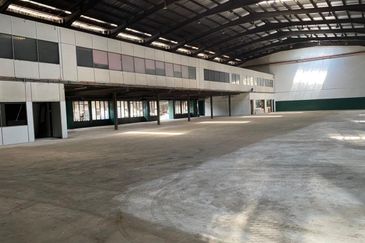
KAWASAN PERINDUSTRIAN SUNGAI RASAU
Klang, Selangor
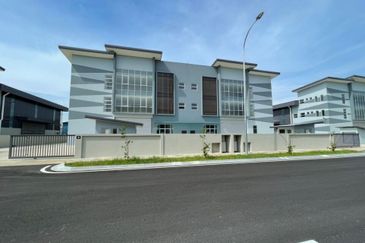
Sunrise Technology Park @ Seskyen 35
Shah Alam, Selangor


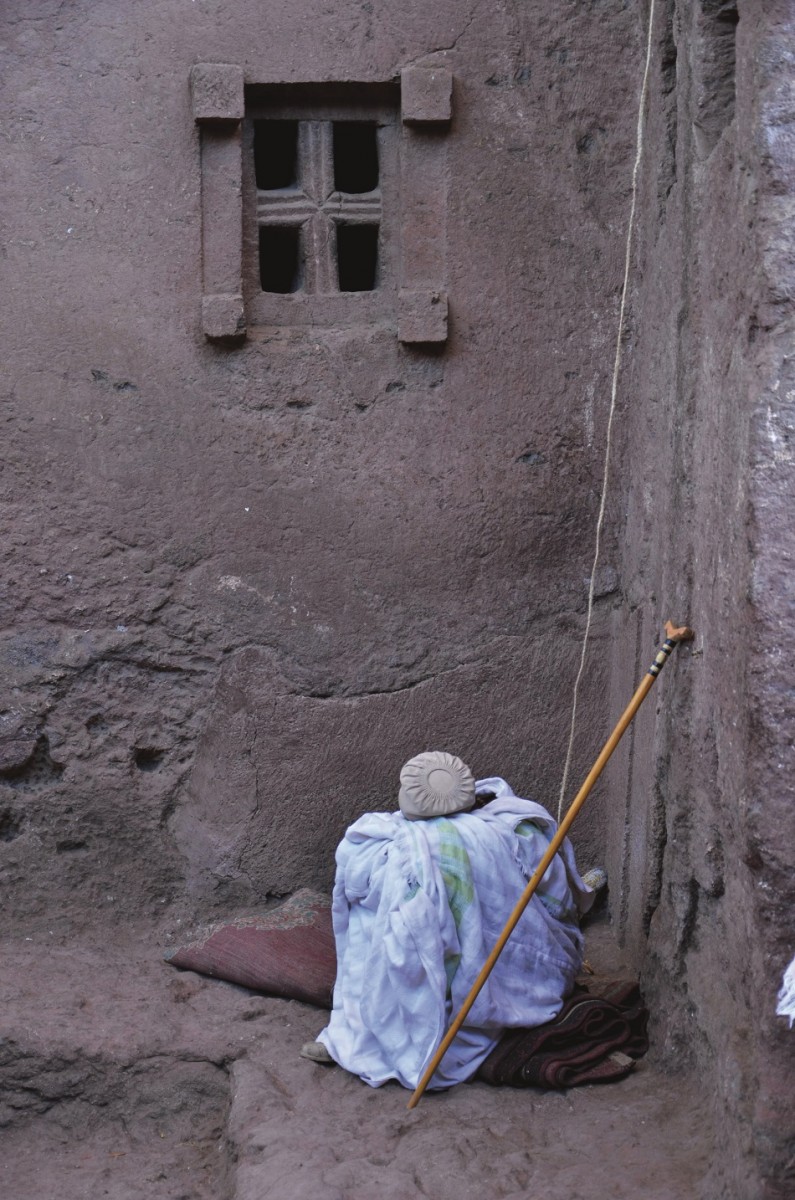

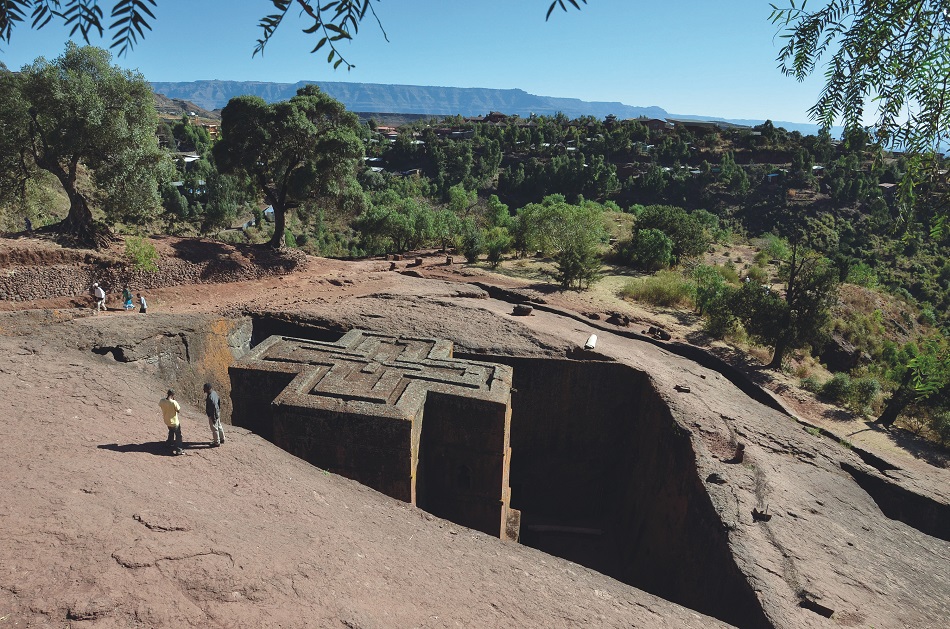


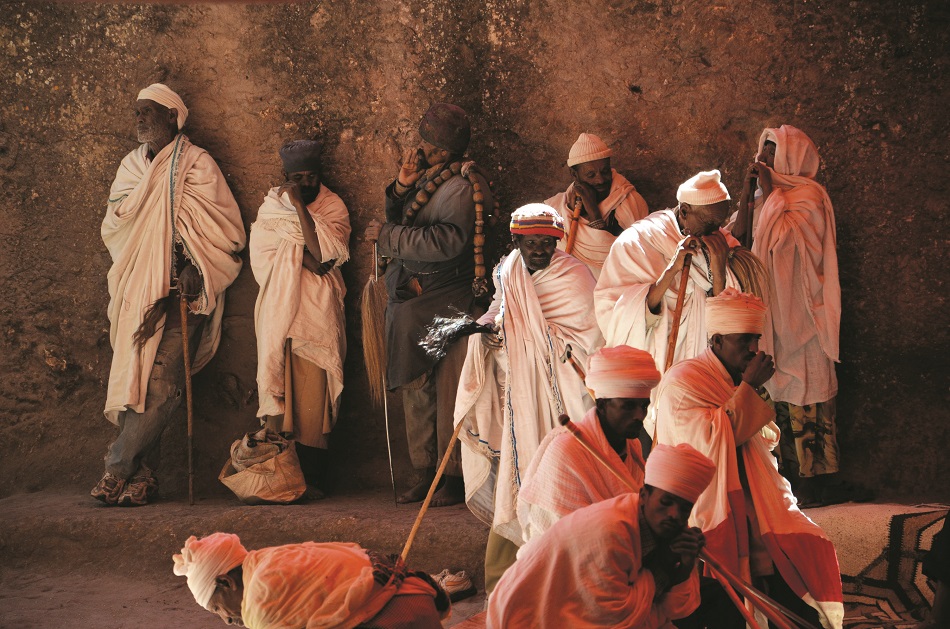


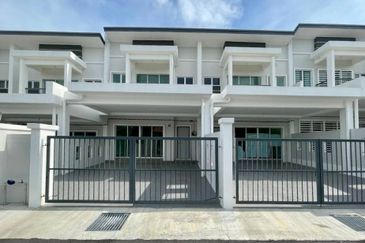



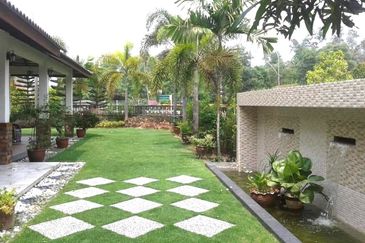



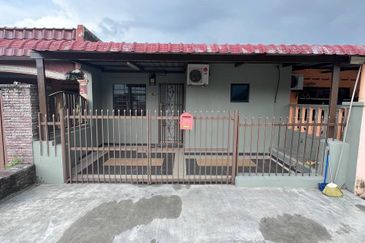
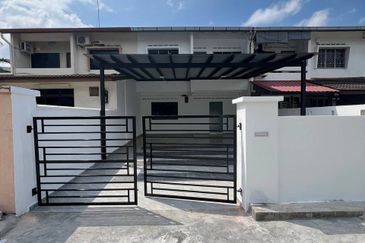

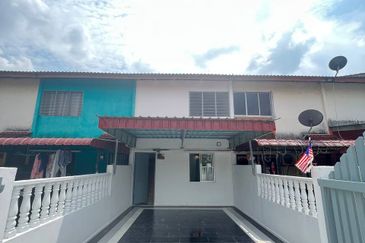


hero.jpg?GPem8xdIFjEDnmfAHjnS.4wbzvW8BrWw)



